I’ve learned a new term; “people at the bottom of the pyramid.” Among poverty researchers and developmental economists it means the poorest of the poor, people who exist on less than $1 per day. It even has an acronym; PBP. This is the target population for hundreds of charities. PBP are the individuals and households that foundations and grant makers want most to uplift with the programs they fund. Last week I submitted two grant applications to the African Enterprise Challenge Fund. The projects forecast income benefits to over 100,000 PBP. I’m keeping my fingers crossed that they will be favorably reviewed.
Recently, two very nice program developers from Heifer International came to visit. Many of you know Heifer International as the organization that sends out a glossy catalogue every Christmas with a celebrity like Susan Sarandon, Ellen DeGeneres or Alton Brown on the cover suggesting that the best gift you can give this holiday season is a milking goat to a poor woman in Zaire, a breeding pair of guinea pigs (my favorite) to enterprising teens in Peru or a cow to a poor family almost anywhere on earth. As far as I know it is a worthy charity, but I had no idea what they wanted with us. The first thing I told the Heifer representatives after they’d sat down and received some tea, was “I like your catalogue, but there is no way I’d support putting more livestock into northern Kenya. What we need are ways to get rid of the animals, not add to them.”
“Yes,” the lead guy laughed and commiserated. “It’s a problem. Donating cattle is not why were are here. We have an anonymous donor who wants to fund a project targeted at the bottom of the pyramid. In Kenya, that means pastoralists.” There it was again; money tied to the PBP.
By any international, World Bank-certified income standard, pastoralists are indeed the poorest of the poor. A typical family of 11 (a husband, two wives and 8 children) may subsist for a year on the sale of a cow or two ($250 each), three or four goats ($50 each), a bit of beadwork ($150), some milk ($100) and maybe a little charcoal ($50). It’s hard to imagine a more underprivileged group.
The interesting thing is, many of these people do not view themselves as poor. Under normal circumstances, not only do they not act desperate or needy, they are proud, even arrogant. If you are a do-gooding NGO coming in to help, it is more likely that they will see themselves as doing you a favor rather than the other way around. Wealth and status in pastoralist communities are determined by the number of animals you accumulate and the size of your family, not by your bank account or material possessions. People believe that cash leads to drunkenness and bad behavior. Money put in a bank will probably be stolen by some corrupt Kikuyu and possessions just weigh you down when it is time to migrate and move your manyatta. Livestock gives you just the right amount of liquidity, they breed reliably and they’re all you need to live on.
For pastoralists, wellbeing is important and depends on having enough food to eat – in this case milk, blood and corn meal – basic health, a secure manyatta and congenial people to hang out with. Things that westerners interpret as proof of poverty and lack of wellbeing – walking miles to fetch fresh water, crude pit toilets, sleeping on hides cushioned by elephant dung, living surrounded by goat and sheep excrement, having few material possessions and no modern conveniences – are just part of the pastoralist backdrop; expected and accepted parts of everyday life. “Wealthy” pastoralists with livestock herds that number in the 100’s make economic decisions every day that rate owning livestock – no matter how scrawny or tough – as more desirable than easy access to clean water, improved sanitation, more interesting food, larger homesteads or possessions of any kind. Households that value education will part with a goat or two to pay school fees and most families will sell a valued cow to pay doctor and hospital bills. The only modern appliance that everyone wants is a cell phone and, unfortunately, much of the pastoralist region is still out of network range.
The desire for wellbeing is a constant in all human communities and two things seem to be consistent worldwide: the desire for basic health and rewarding interpersonal relationships. Beyond that there is no standard measure for what wellbeing looks like or how much it costs to obtain. The material things that we value and miss, like potable hot and cold water out of a tap, indoor toilets, paved roads, restaurants, Netflix streaming, instant internet access, trash collection and Amazon Prime aren’t even on the radar screen in pastoralist Kenya.
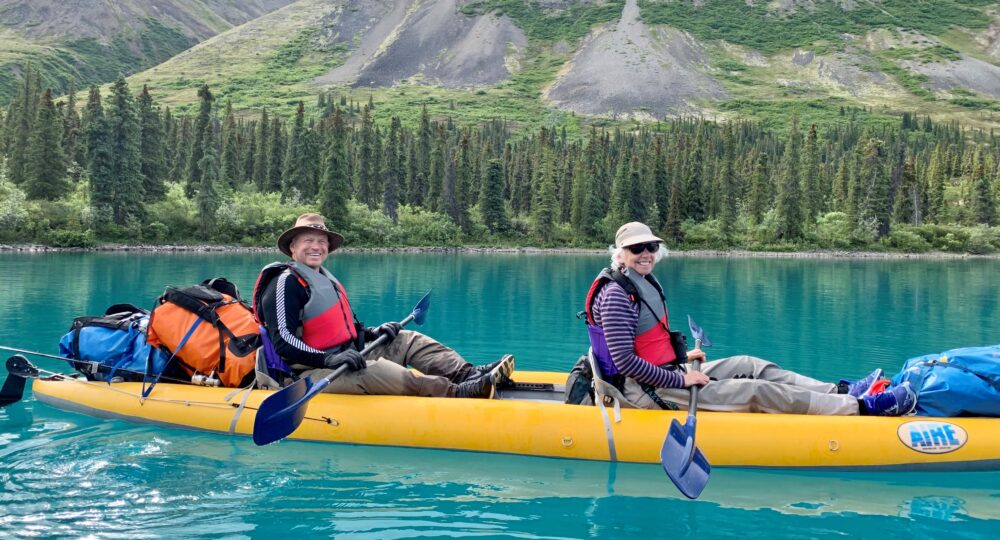
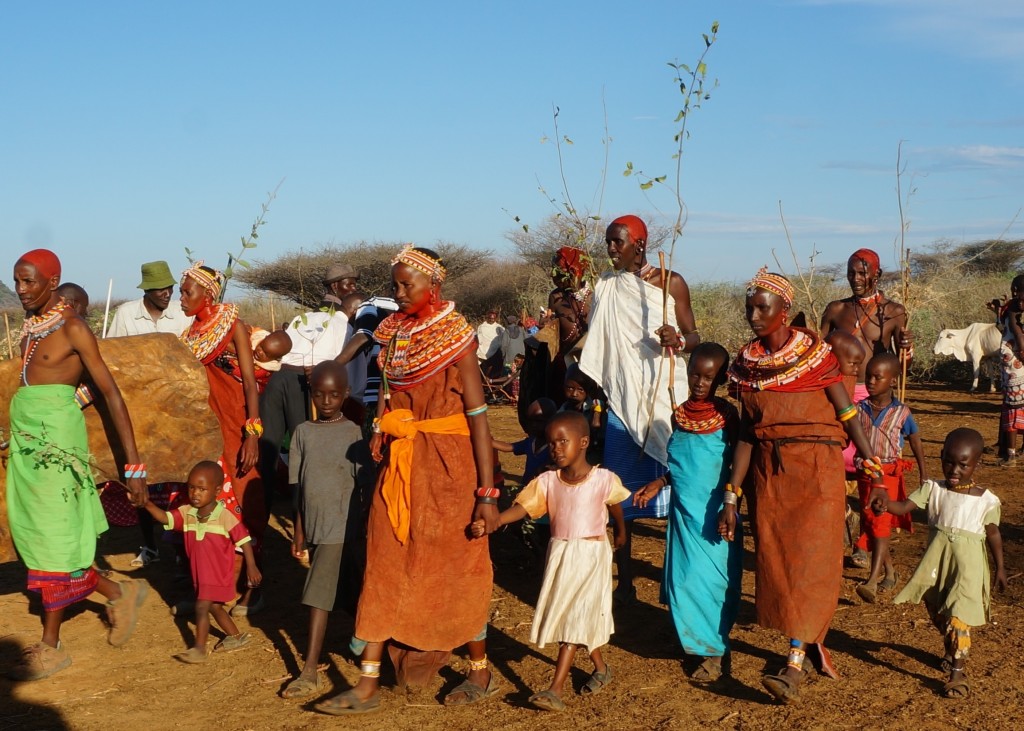
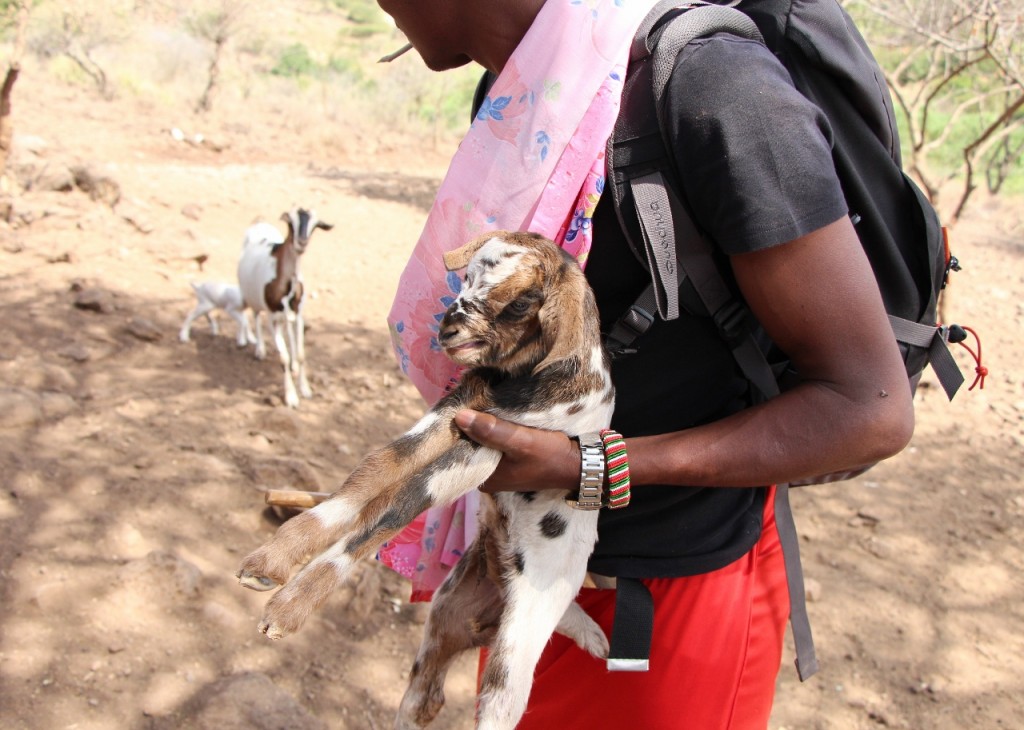
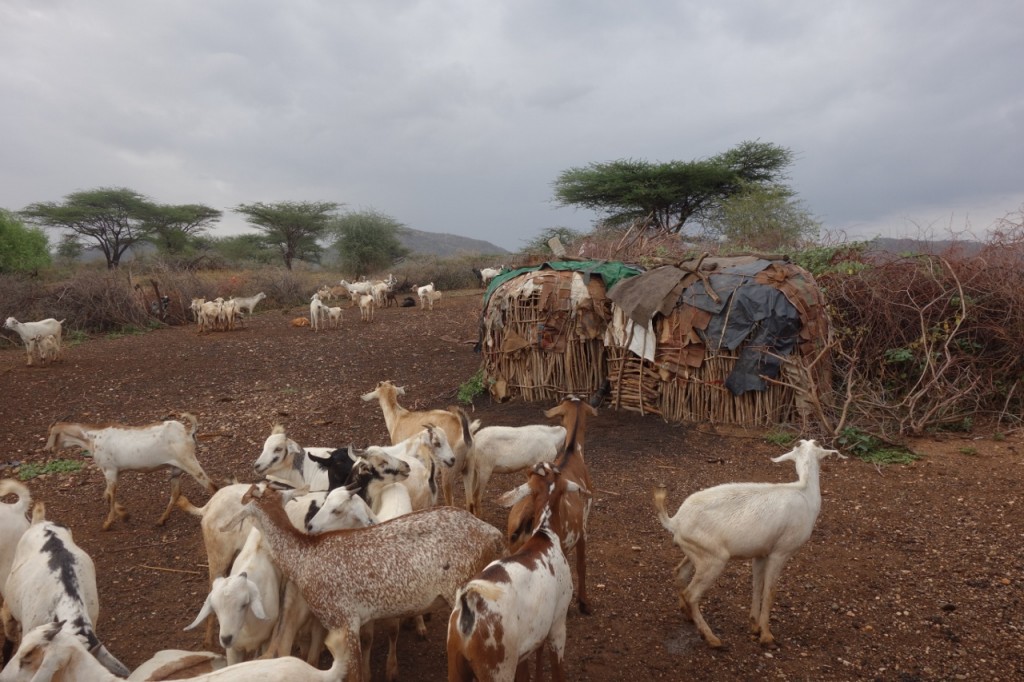

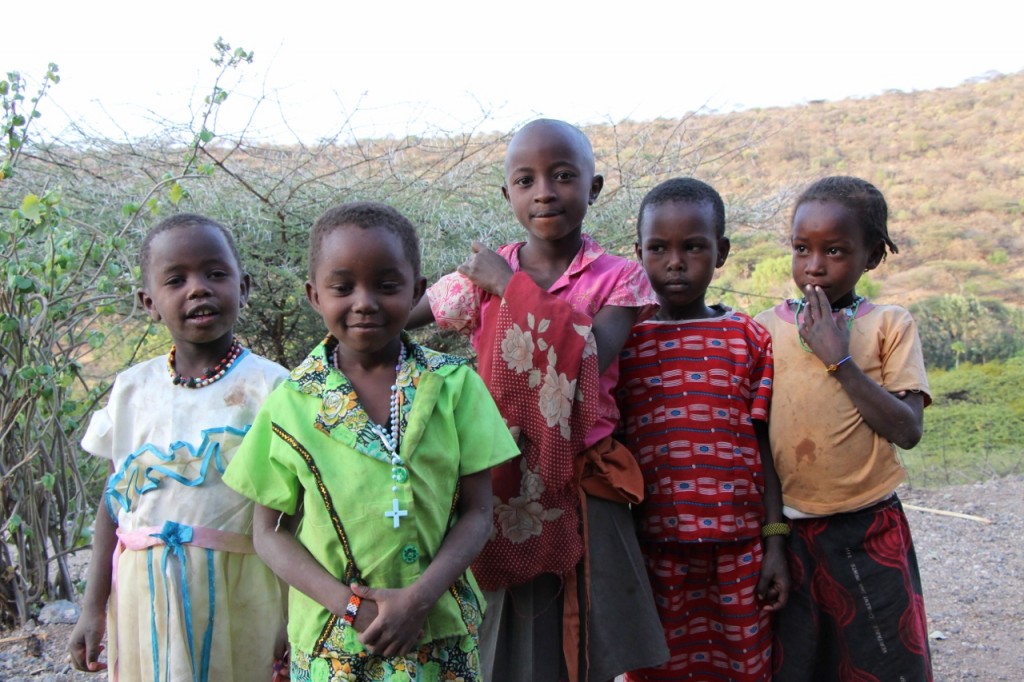
Love this, Anne. So did you tell the Heifer people to go away?? How did it end with them?
Hi Anne, I do want to know about how it ended with Heifer project, but even more, thanks for the great post. Your economist bkg at GM (GE?) really comes to the foreground in your abilities to understand how “wealth” translates in diverse economies. I’ve been eyeing a book at my favorite bookstore because it immediately propels me into your world. Can;t come up with the exact title but it has the word “cow” in it and it is about the Masai people. Blessed are you….. happy helper of God.
Anne,
This is one of your better writings. And if I can figure out how, I’ll post it to my Facebook. Or if you could post to yours, then I could share it. It should be seen. Well done.
Anne, beautiful writing, beautiful photos. We really are rich.
Hi Anne,
I would love to know more about your statement: “I like your catalogue, but there is no way I’d support putting more livestock into northern Kenya. What we need are ways to get rid of the animals, not add to them.”
My family has donated to the Heifer project and I’d like to make sure we are doing the right thing. Let me know your thoughts behind livestock donations and what would be a better option.
Really interesting post.
For those interested in what happened with the people from Heifer. It was a very good meeting and I was impressed with their understanding of the economic and conservation issues faced in northern Kenya. We talked about how we might partner to help better connect pastoralists and the market and increase the sale (rather than accumulation) of livestock. The Heifer reps have gone back to Nairobi and will be getting back to us with a proposal.
And yes, Jane-Marie, I think they are an organization worthy of your donation.
Anne
Incredible post and perspective, Anne!
“Security in old age” What a potent photo. My favorite ever.
Thanks for sharing the post.
I would like to think I am throwing starfish back into the ocean. Sometimes I can’t tell if what I am picking up are starfish and which direction the ocean lies. I will keep trying to figure it out. Meanwhile, making the effort feels so much better than standing still frozen by indecision. I hope the starfish will forgive me if occasionally I throw them in the wrong direction.